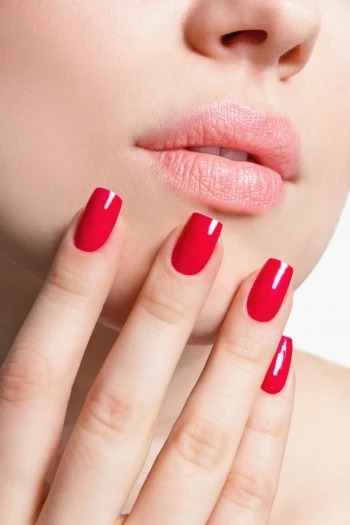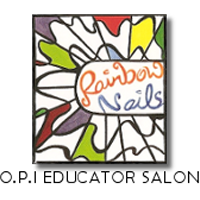Soft Gel vs. Hard Gel: What’s the Difference? A Comparison of Their Pros and Cons
- on 05.08.24
- Highlight, Tutorial
- No Comments
- Digg
- Del.icio.us

When it comes to getting a manicure at nail salon, one of the biggest dilemmas is choosing between soft gel and hard gel. If you want your nails to look more natural and beautiful, soft gel manicures are the way to go. However, if you’re looking to extend the length of your nails or create more elaborate and dramatic nail designs, hard gel may be the better choice. So, what are the differences between them, and what are their respective advantages and disadvantages? Let’s take a closer look at the comparison below.
What is Gel Nail?
Gel nails, also known as resin nails or gel polish, involve using natural resin that is hardened under an LED light to strengthen and shape the surface of the nails. Gel nails can be used for both nail enhancement and nail art designs. Generally, gel nails are divided into two types: soft gel and hard gel.
What is Soft Gel?
Soft gel, also known as soak-off gel, gets its name because it can be easily removed by soaking the nails in nail polish remover. Soft gel manicures are thinner and more translucent, resulting in a more natural look. They are suitable for short to medium-length nails but are not as strong as hard gel for nail extensions. As a result, the choices for nail art designs in soft gel manicures are somewhat limited, typically involving single-color polish or simple decorative drawings on the nails.
After applying soft gel polish, it is cured and hardened by UV or LED light for approximately 30 seconds, enhancing the hardness and durability of the nails. Soft gel manicures generally last for about 2 to 4 weeks.
What is Hard Gel?
Hard gel, as the name suggests, is more rigid and durable compared to soft gel. It is used for nail extensions and allows you to increase the length of your nails. With hard gel, you can shape your nails into various desired forms, such as long and slender stiletto or elegant oval shapes.
After a hard gel manicure, the nails become hard and sturdy, making it suitable for repairing damaged nails. Additionally, hard gel allows for more elaborate nail art designs, such as crystal and rhinestone decorations that require a stronger base.
Hard gel manicures also require UV or LED light for curing and hardening. Due to their higher hardness, hard gel nails are more resistant to daily wear and tear and less prone to breakage. With proper care, hard gel manicures can last approximately 3 to 4 weeks. However, the removal process for hard gel is more complex and typically requires professional filing by a nail technician to avoid thinning the nails and affecting their health.
Pros and Cons of Soft Gel vs. Hard Gel
| Advantanges | Disadvantages | |
|---|---|---|
| Soft Gel | Slightly enhances nail strength without damaging the natural nails. Can be easily removed with nail polish remover. Shorter manicure time, usually taking about an hour. | Cannot achieve nail extensions or significant nail shape corrections. Nails are softer and more prone to damage. Relatively shorter durability, typically lasting 2 to 4 weeks. |
| Hard Gel | Allows for nail lengthening and shaping. Provides a harder surface that can repair and protect natural nails. Resistant to chipping and longer-lasting, usually lasting 3 to 4 weeks. Offers a wide range of manicure options, from solid colors to intricate 3D designs. | Complex removal process, requiring professional filing. Longer manicure time, usually taking about two hours. Slightly higher cost compared to soft gel. |
The choice between Soft Gel and Hard Gel depends on personal preferences and expectations for nail art results. When making a decision, consider factors such as nail length, desired nail art designs, durability, and maintenance requirements.
If you’re looking for professional advice that is tailored to your individual needs, it’s best to consult with a professional nail technician.
Make Your Appointment Today!
Call Us: (852)2840-0660
Write to Us: rainbownails @ rainbownails.com.hk!
